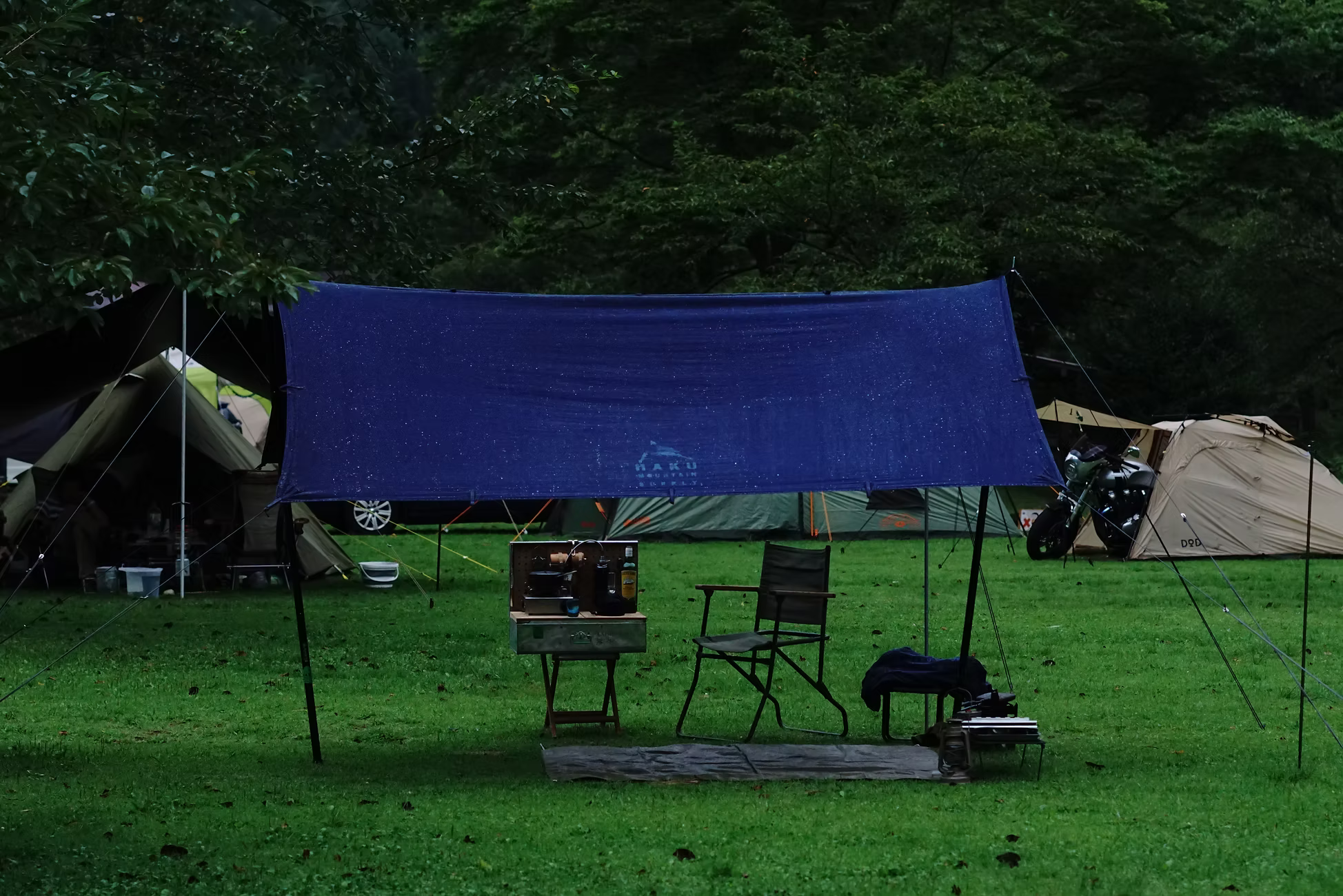It's never a bad time to get a little dirty and go digging in the forest, but the best time is when summer starts to wane and the first inklings of fall can be seen. For those of us in Oregon, that's typically early September where we'd gotten our first rainfall - and the mushrooms come alive.
This isn't a typical recipe, it's a short story about that experience. Because mushrooms are such wonderful pieces that require so little. Like a steak, a bit of salt, butter and rosemary on a hot cast iron will go a long way.
As always, be 110% sure of what you are foraging for. If you're any bit unsure, leave it in the ground. Many edible mushrooms have similar looking counterparts that are deadly to humans and pets. We strongly encourage your first foraging adventure to be with someone who does it regularly and knows what differentiates good from bad.
The Hunt for Mushrooms
It was an early morning that we met out in the Oregon Coast range. This mountain range that separates Portland from the Pacific Ocean acts as a rain barrier to the Multnomah Valley. This means it often is damper, earlier in the year than the city itself. Thanks to much of the old growth forest it also retains moisture incredibly well. This cool, damp climate is perfect for mushrooms.
We were on the lookout for two varieties that are known to grow in this area, at this time of the year. Chanterelle and Lobster.

Chanterelle mushrooms are the golden treasure of the forest—vibrant, meaty, and bursting with rich, earthy flavor. They have subtle notes of apricot and pepper, and as fall comes around are easily a favorite among foragers and campfire chefs alike, adding depth to every meal. Like all things wild, chanterelles remind us that the best ingredients aren’t manufactured—they’re discovered, respected, and enjoyed with gratitude.
Chanterelle mushrooms stand out in the wild with their striking golden-orange hue and elegant, wavy caps that curl like the edges of a well-worn map. Unlike gilled mushrooms, chanterelles have distinctive ridges running down their stem—more like shallow, forked veins than true gills—giving them a smooth, flowing appearance. Found nestled in damp, mossy forests, often near hardwoods like oaks and beeches, they grow singularly or in scattered clusters rather than dense clumps. One key rule: if it doesn’t have that signature ridged underside or carries an off-putting smell, it’s best left untouched—true chanterelles demand careful identification, as lookalikes lurk in the woods.

Lobster mushrooms are a forager’s paradox—technically not a mushroom at all, but a wild fungal transformation. These bright red-orange gems start as ordinary white mushrooms, like Russulas or Lactarius, before being overtaken by the parasitic Hypomyces lactifluorum, which reshapes them into something entirely new. The result is a dense, meaty texture and a flavor that hints at shellfish (where their name arrives), making them a prized addition to backcountry cooking. With a rough, dimpled surface and unmistakable color, lobster mushrooms are easy to spot on the forest floor, often found near conifers in late summer and fall. Unlike delicate wild mushrooms, they hold up well to heat, making them perfect for tossing into a skillet over the fire or simmering in a rich, earthy stew.
The Journey To Enjoy Mushrooms
After a few hours of searching, we had been able to gather a couple of pounds. Unfortunately, it seemed, it was still a little early in the season to really gather a bounty. Thankfully though, we were well under the foraging limit Oregon places on mushrooms. We placed all of our findings into mesh bags, strapped to backpacks and held in hand.
These mesh bags, while not a requirement, are strongly encouraged for mushroom foraging. As you walk, the bag is jostled and the mushrooms rub against one another releasing spores. These spores easily pass through the mesh of the bag, landing on the forest floor, and help spawn more mushrooms for the next person coming through.

The Gear We Brought Along
Back at our basecamp, in a communal camp area, we got to work setting up. our Snow Peak Iron Grill Table system. Since we'd only be here for the afternoon, we kept it pretty small with the following build out:
- Kitchen
- Campfire

Cooking The Forage
There was something about the way we brought mushrooms, butter, and cast iron together that just felt right. We started with a heavy-handed pat of butter sizzling in the pan, coating the surface before tossing in a few crushed garlic cloves and a sprig of rosemary. As the aroma intensified, we added mushrooms—chanterelles for their earthy sweetness or lobster mushrooms for a meaty, seafood-adjacent bite.

They sizzled, soaking up all that garlicky, herby richness, browning at the edges but still tender inside. Meanwhile, we had farfalle pasta bubbling away, waiting to catch all that buttery, golden goodness. We tossed it all together with a splash of pasta water to bring it home, maybe a dusting of Parmesan if we had it on hand. Simple, wild, and deeply satisfying—like the best meals should be.

The sign of a good recipe is one that you're so occupied with enjoying the food that you forget to take photos. And that's what happened here. Maybe it's a sign that the end result isn't as important, what mattered was being able to go dig in the forest with friends, and with only a few ingredients (many found beneath our feet) we were able to put together a meal so good that I forgot a component of this article. So here's a recipe, if we can call it that,
Mushroom Farfalle with Butter, Garlic, and Rosemary
Ingredients:
- 16 oz farfalle pasta
- 4 tbsp butter
- 4 cloves garlic, crushed
- 1 sprig rosemary
- 4 cups chanterelle or lobster mushrooms, cleaned and sliced
- Salt and black pepper to taste
- 1/2 cup reserved pasta water
- Parmesan cheese (optional)
Instructions:
- Bring a large pot of salted water to a boil and cook the farfalle according to package instructions. Reserve 1/2 cup of pasta water before draining.
- While the pasta cooks, heat a cast iron skillet over medium heat. Add butter and let it melt.
- Toss in the crushed garlic and rosemary sprig, stirring until fragrant, about 1 minute.
- Add the mushrooms, seasoning with salt and black pepper. Cook until they release their moisture and start to brown, about 5-7 minutes.
- Remove the rosemary sprig and add the drained pasta to the skillet.
- Pour in the reserved pasta water and toss everything together, letting the flavors meld for another minute.
- Serve immediately, topped with Parmesan if desired.
Simple, foraged, and deeply satisfying—just the way it should be.





